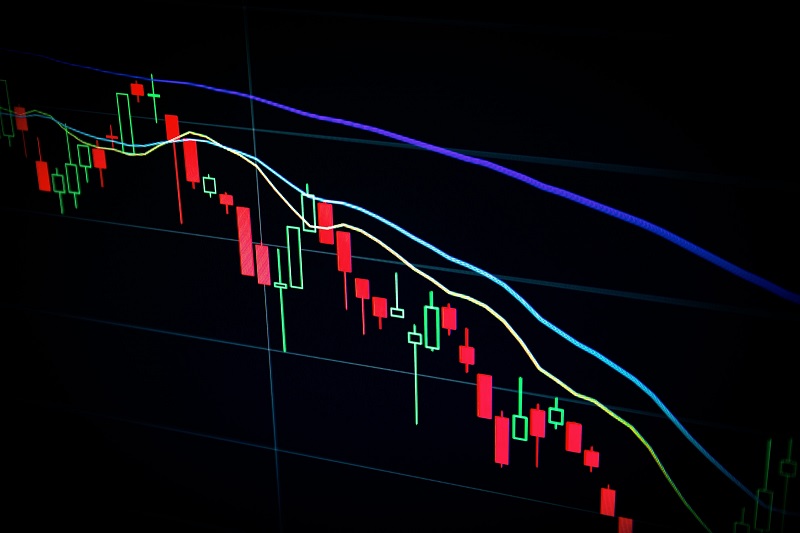
Asia Shares Alert to US and China Inflation Risk
After a mixed U.S. jobs report sparked a rally in distressed bonds on Monday, Asian stock markets were cautious, but new obstacles awaited in the form of U.S. and Chinese inflation data that were scheduled for release later this week.
After losing 2.3% last week, MSCI’s broadest index of Asia-Pacific shares outside of Japan was slightly lower in light trading.
The Nikkei in Japan turned flat after finding support at its low point in July. According to a summary of the most recent Bank of Japan meeting, participants believed that by making the yield policy more flexible, the super-easy stimulus would last longer.
Due to investors’ continued dissatisfaction with Beijing’s lack of significant and tangible stimulus measures, Chinese blue chips declined by 0.9%.
FTSE futures fell 0.5%, while EURO STOXX 50 futures fell 0.3%. In the opposite direction, Nasdaq futures increased by 0.5% and S&P 500 futures by 0.3%.
Results are 4% better than consensus estimates, with more than 79% of companies beating the Street, with about 90% of S&P 500 earnings reported. Walt Disney and News Corp. have results due this week.
The headline inflation rate is expected to increase slightly to 3.3% annually according to data on U.S. consumer prices, but the more significant core rate is predicted to decline to 4.7%.
Falling car prices are one factor that Goldman Sachs analysts attribute to the numbers’ downside risk; this development could help keep the bond rally going strong.
Keep Reading
The market in China is watching for further indications of deflation as producer prices have fallen 4% and annual consumer prices have decreased by about 0.5%.
Any positive surprises would put Treasury bonds to the test since they steepened early last week in anticipation of a flood of new borrowing. Ultimately, a mixed payroll report significantly reduced the losses, especially in the short tend.
Only 12% of futures prices predict a Federal Reserve rate hike in September, and 24% predict one by the end of the year.
Given the recent string of strong economic data, BofA economist Michael Gapen cautioned that the market was still anticipating too much policy easing for next year.
In contrast to the slight recession we had previously predicted, we now anticipate a soft landing for the American economy, according to Gapen.
While the market anticipates 120 to 160 basis points of Fed rate cuts in 2024, we only expect 75 basis points, he continued. For the Fed to quickly switch to rate cuts in 2024, when growth is positive and unemployment is low, is simply less warranted.
The bank increased its two-year and 10-year yield predictions for the end of the year by 50 basis points each, to 4.75% and 4%, respectively.
On Monday, the 10-year yield was up at 4.06% while the two-year yields were ticking up to 4.82%.
The U.S. dollar was a little firmer at 142.12 yen but fell short of last week’s high of 143.89 as a result of the decline in yields.
After recovering from a low of $1.0913 last week, the euro maintained its position at $1.0988.
Following a Friday rally from $1,928.90 to $1,940 an ounce, the dollar’s decline helped gold maintain its position.
After rising for six weeks in a row amid tightening supplies, oil prices have paused. Hopes for continued disinflation in the developed world are in jeopardy due to the 17% increase in Brent and the pressure on food prices from the war in Ukraine and global warming.
At $86.16 per barrel, Brent was down 8 cents, and U.S. crude was down 8 cents at $82.74.




